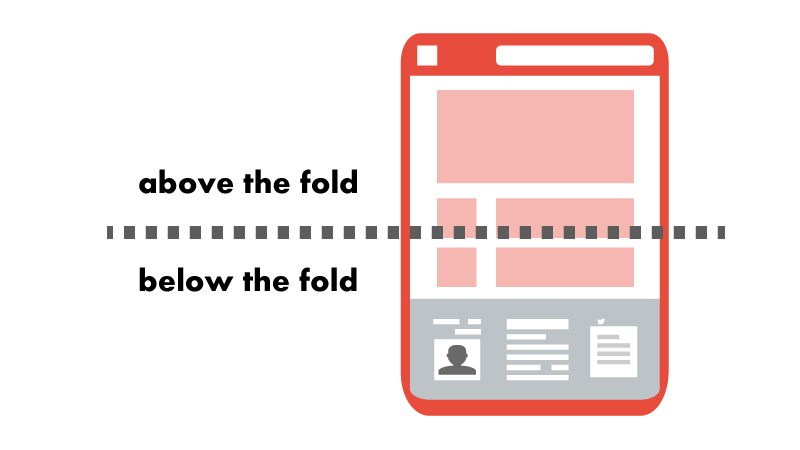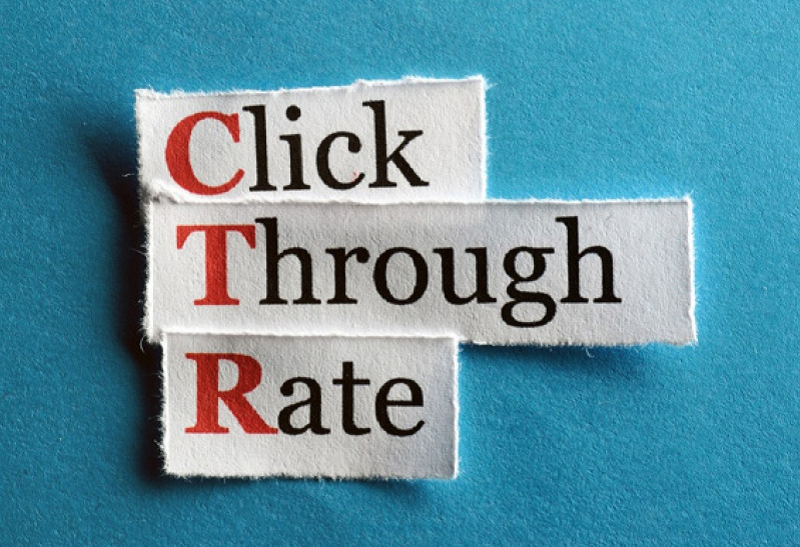
EMAIL MARKETING TERMS EVERY MARKETER SHOULD KNOW
Marketers, and especially email marketers, absolutely love lingo. Jargon is just a way of life. Acronyms, initialisms, abbreviations—we love them. However, we also understand that the sheer amount of them can be a little overwhelming for beginners. That’s why we thought it’d be beneficial to write up an email marketing glossary.
Come here whenever your boss says an initialism you’ve never heard of, but you pretended you did. Alternatively, just come here to learn a little something.
We’d be typing away for weeks if we listed all the terms, so here are what we felt are the most common terms related to email marketing campaigns.
Email Marketing Glossary
A/B Split Test
An A/B split test is a marketing strategy where two similar variations of the same campaign are sent to two different groups. The group where the campaign succeeded best is then used for future attacks.
Use the A/B split test to optimize the content, style, and call-to-actions of your campaigns (and never stop!)
Above the Fold
This one can get a little tricky. Above the fold refers to the bottom of one’s browser window before one needs to scroll.

This is called the “fold” because the term was first used in the newspaper industry to display their headlines and useful information to draw the most attention while stacked.
The same strategy is applied to email marketing to draw the most attention to the customer before they have to scroll.
Acceptable Spam Report Rate
This is the rate in which most Email Service Providers (ESP (keep reading to find out what that is(aren’t glossaries great?))) report you as SPAM without interrupting your sender reputation.
In English, that means if you get a 1 SPAM report or fewer per 1000 emails (.1%), you’re fine. Anything over that will start to harm your sender reputation.
Acceptance Rate
This is the percentage of emails a mail server accepts. Note: this does not mean the rate of emails that enter your inbox.
Blacklist
This doom-and-gloom term sends shivers up the spine of every marketer. However, if you follow the rules, what are you worried about?
Blacklists are services provided by third-party organizations that monitor the web for email spammers.
If you get listed on a blacklist, it could mean that your emails won’t reach any inboxes.
If you want to check if you’re on one, some of the most popular are Spamhaus, Spamcop, CBL, and many more.
Click-through Rate
Click-through rate (CTR) is a marketing metric that measures how many of your subscribers clicked on anything in your email—i.e., Images, links, and call-to-action.

CTR is one of the best metrics to use in determining the effectiveness of your email campaign. A good CTR is around 20-30 percent.
Conversion Rate
The conversion rate is another metric that measures how many of those clicking subscribers then made a purchase.
A good conversion rate is considered to be around 5 percent.
Dedicated IP
A dedicated IP is an IP purchased for the sole purpose of sending emails. This is typically separate from the IP address on which your website sits.
Marketers usually choose a dedicated IP because they can monitor and build a proper sender reputation without having to worry about anyone else sharing the IP because, well, it’s dedicated just to you.
Double Opt-In
A double opt-in for subscribers does wonders for your email list hygiene. How they work is that a customer or potential customer signs up for your emails on your site. They then get an email sent to them asking for a confirmation that they wanted to sign up.

This is useful because it eliminates emails that would bounce from typos and people who may not be interested or check their email very often.
Dynamic Content
Dynamic content email marketing technique used to put different content in place based on the subscriber’s interests.
Dynamic content is also a base for other marketing types such as affiliate marketing, digital marketing, offline marketing, etc..
Email Appending
Email appending or data appending is used to get more information out of subscribers on your list by using aggregate records and comparing the information. For more information on how this is done, please read this article.
Email Campaign
This one should be the first thing anyone learns about email marketing. Every time you send an email to subscribers, you’re sending an email campaign. That’s it. The metrics received back by how subscribers interacted with your campaign help you improve in future campaigns.
Email Deliverability
This is having the ability to send emails. Having a poor sender reputation, or poor email hygiene causes your deliverability to suffer.
Email Filter
This is a technique used to block an email by sender, content, or subject line. These can be set up both by the ESP and by the end-user.
Email List Hygiene
THIS IS THE MOST IMPORTANT EMAIL MARKETING METRIC.
Having a clean email list determines whether or not you can send your emails. For email list hygiene techniques, please refer to this article.
Email Service Provider
The email service provider (ESP) is the company that provides you with the means necessary to manage your email list and tracks your metrics (think Mailchimp).
Hard Bounce
Bounced emails are a complicated matter. A hard bounce is when an email can’t be delivered due to server downtime or if an email doesn’t exist at all.
Landing Page
A landing page is something you create on your site that can (typically) only be reached through a link in your email campaign.
The landing page has content, offers, etc., based on the call-to-action found in your email.
List Segmentation
Similar to A/B testing, list segmentation is the process of separating your subscribers into lists based on their interests.
If you’re a company that offers many services or products, sending an email for a different product than what a subscriber is interested in lowers the success of your campaign. Segmenting your list solves this problem and subscribers will only receive emails that they are hopefully interested in.
Open Rate
The open rate is the percentage of emails in a campaign that has been opened by your subscribers.
Check out our recent blog post about How to increase your email marketing campaign’s open rate.
Opt-In
To opt-in means merely to subscribe. This occurs when a customer signs up to receive your emails on your site or through some other means.
During the opt-in, or double opt-in (found above), process it’s best practice also to offer your new subscribers to pick what kind of emails they want to receive from you.
Opt-Out
Opting-out means merely to unsubscribe. It’s best practice to offer your subscribers a link in your email campaigns where they can unsubscribe from your list.
Unsubscribing is always better than having them not interact with your emails and therefore why it’s best practice to offer your subscribers the opportunity to unsubscribe if they wish.
Return on Investment
Return on Investment (ROI) measures the profit you make on each email campaign minus the expenses it took to send it.
Soft Bounce
A soft bounce is another type of email bounce (like a hard bounce but less severe) where an email can’t be delivered because the recipient’s inbox is full or that their email server is temporarily unavailable.
Spam Trap
A spam trap is something shady email marketers encounter whenever they attempt to purchase email addresses or when they don’t properly clean their list. Spam traps are something that email providers like Gmail or Yahoo use to lure spammers.

Whitelist
The opposite of a blacklist. IPs on the whitelist are approved to send emails to a server.
So there you have it. Hopefully, you’ve learned a little something about the wordy-world of email marketing. Let us know if there’s a term you haven’t heard in the comments below and we’ll inform you. Until then, happy sending!
